X-rays from Peeling Tape
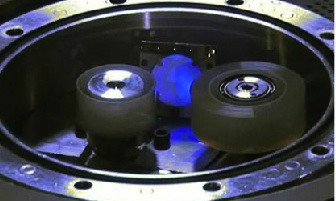

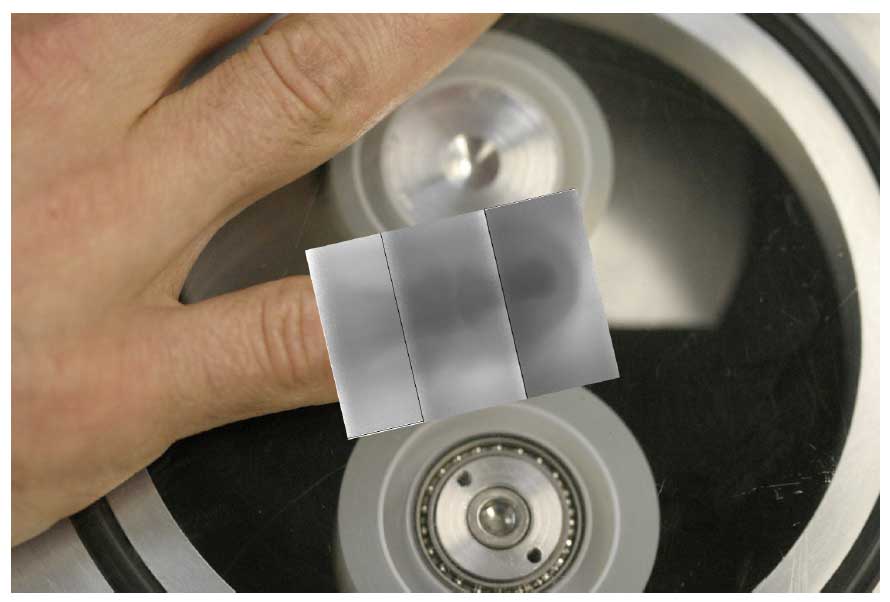
Niov 2014 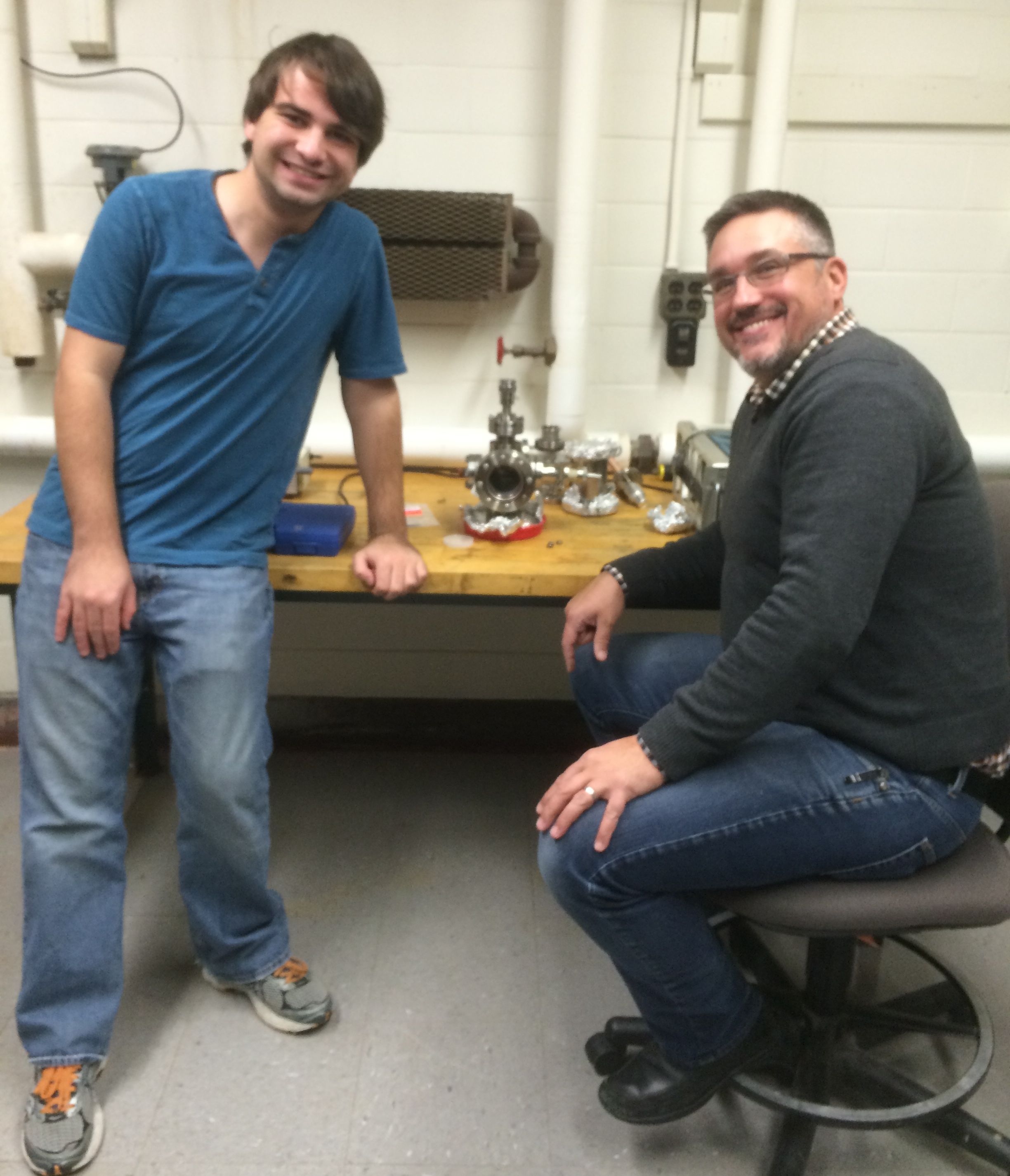
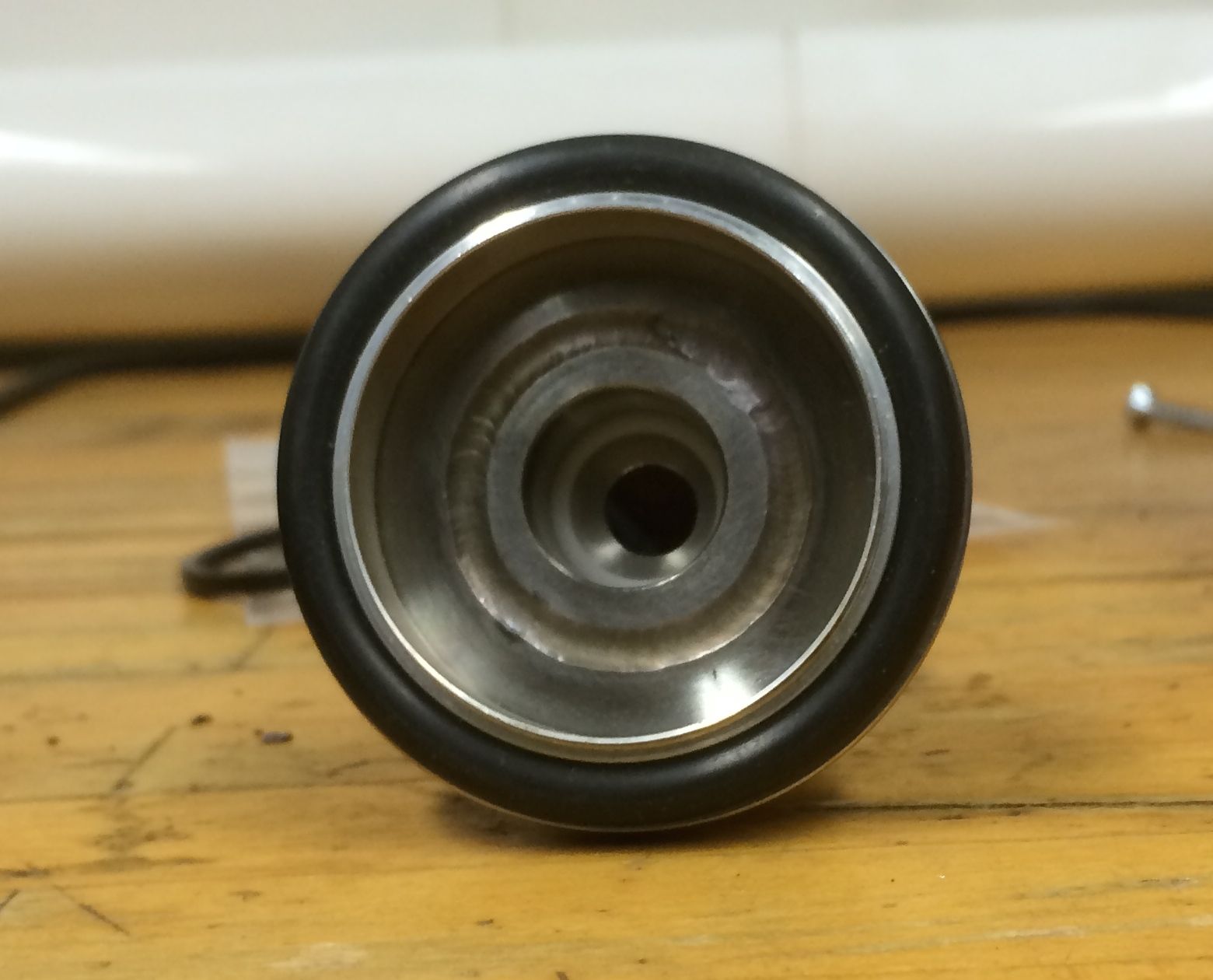
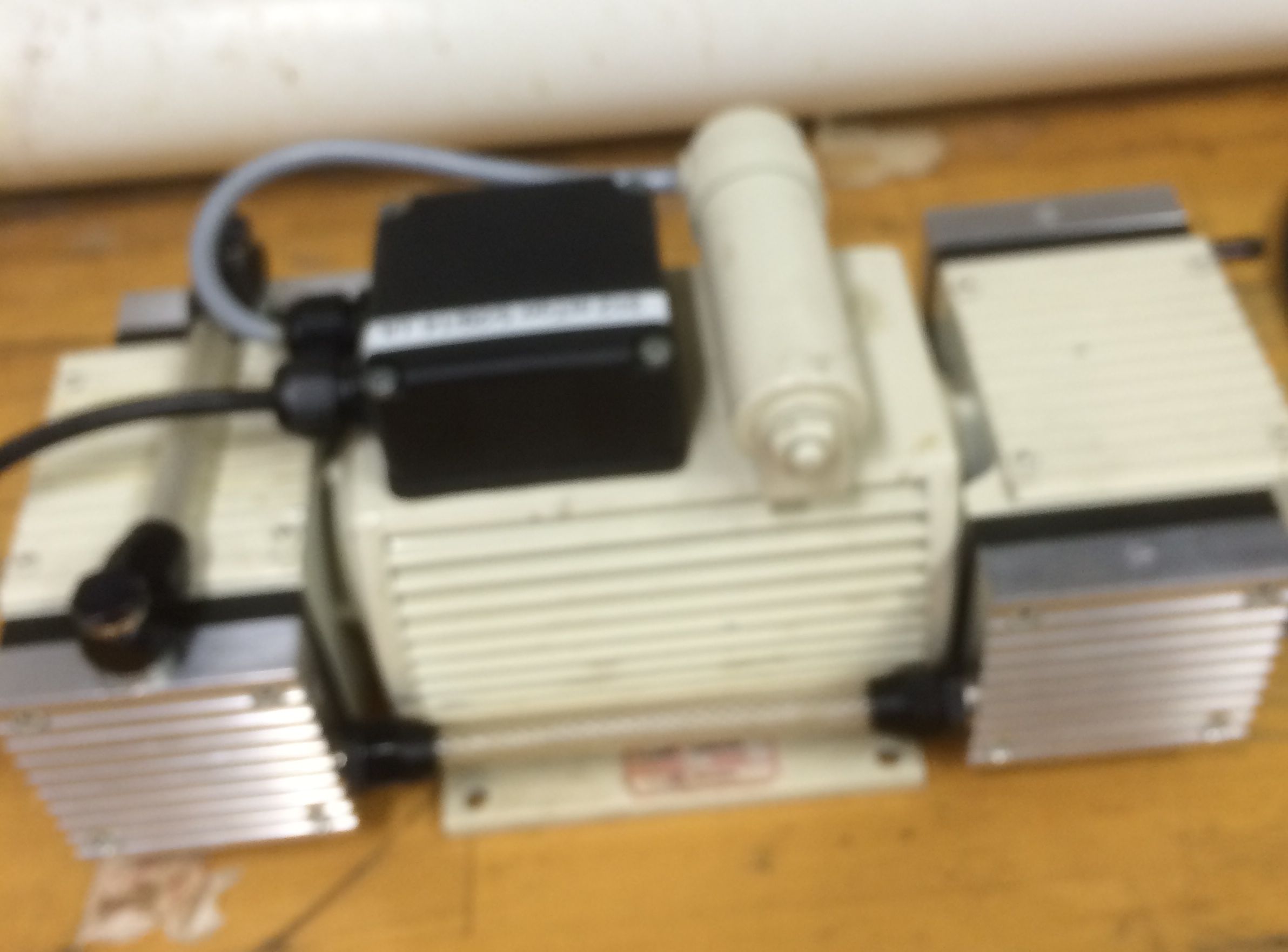
NOTE: This project requires attention to X-ray radiation hazards.
This project is an exploration of X-ray production from peeling scotch tape. It may seem absurd, but if you peel tape off a reel in a vacuum (~10^-3 torr) at a few cm per second rate, megahertz of 10-40 keV X-rays are produced, which are approximately dental X-ray quality! X-ray imaging is easy! Could this replace the expensive equipment used in medical radiographs? Possibly... but first we have to understand how it all works!
The original paper,"Correlation between nanosecond X-ray flashes and stick–slip friction in peeling tape," Carlos G. Camara1,2, Juan V. Escobar1,2, Jonathan R. Hird1 & Seth J. Putterman, Nature 455, 1089-1092 (23 October 2008) | doi:10.1038/nature07378; Received 30 December 2007; Accepted 27 August 2008, had an almost immediate reaction. The Nature video to accompany it contains a less detailed but informative introduction to the strange effect.
When two contacting surfaces rub together, they can produce visible light. This is called Triboluminescence, and, according to Camara et al., it is the process by which the X-rays are produced, with clear the implication that it is not, as previously thought, restricted to the visible light spectrum, but can extended several orders of magnitude beyond visible light.
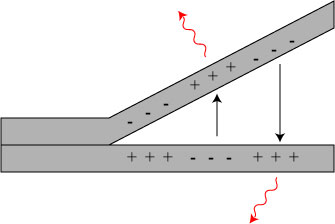
The basic idea is simple: the peeling of the tape causes a separation of charge and, in the reduced pressure of a vacuum, the electrostatic discharge accelerates electrons to energies that are capable of producing Bremsstrahlung X-rays when they strike the oppositely charged side of the tape. However, the exact details on exactly how such high energy photons are produced by mere tape turns out to be rather complicated.
I propose that several experiments be carried out to determine the relationships between the following experimental variables and the subsequent dependent variables. To avoid limiting photon energies to within the X-ray spectrum, I use the word "photon" instead of "X-ray" (who knows how far triboluminescence goes?).
Experimental Variables to Consider:
- Peeling rate
- Adhesive type
- Surface off of which adhesive is peeled
- Unrolling the adhesive is the case in which the adhesive is peeled off of itself
- Pressure of medium in which the peeling takes place
- Strength and orientation of the electric field in which the peeling takes place
- Strength and orientation of the magnetic field in which the peeling takes place
Dependent Variables to Consider
- Produced photon energy range
- Produced maximum photon energy
- Photon count rate
- Consistency of xray intensity
In addition, I propose looking into the following questions.
Questions to Consider
- Which independent variable contributes most to photon energy? Photon count rate?
- Are photon energies and photon count rates directly related to the adhesivity of the adhesive, or the materials of which the adhesive consists? The materials of which the surface off of which the adhesive is peeled consists?
- What combination of parameters yields the narrowest photon energy range? Highest maximum photon energy? Highest photon count rate?
- Is there an upper-limit to the energies of photons produced via triboluminescence? If so, what is it?
- What, if any, are the technological applications to being able to produce high energy photons (X-rays) with adhesives?
References
A YouTube video of an investigation by IIT students: http://www.youtube.com/watch?v=7vRHnZfeiF8 and their writeup with a budget
is a sps national https://spsnational.org/programs/awards/2010/ugr_iit.pdf
== Participants Add your name here to participate:
- Duncan Carlsmith
- Sam Carman
- Peter Xie